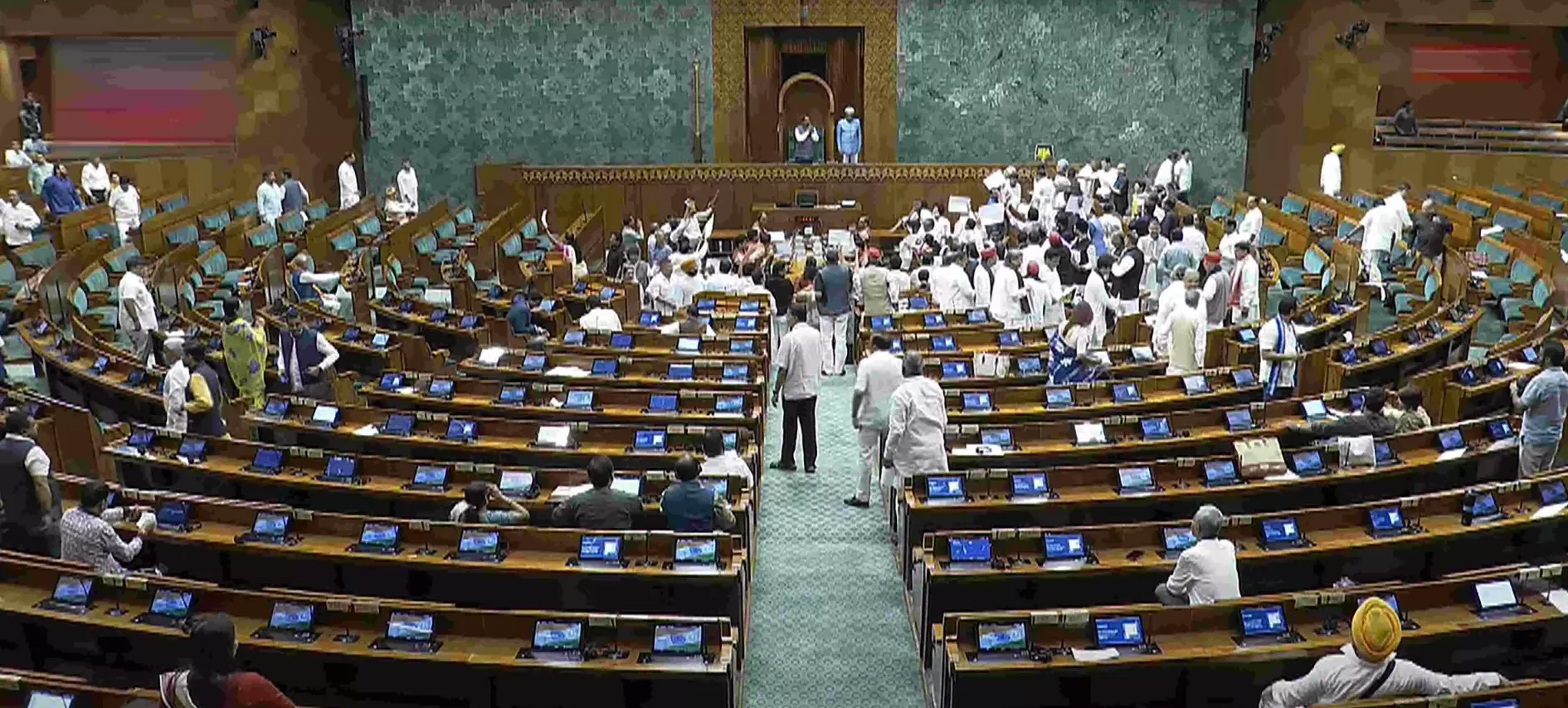Long Overdue, But Welcome

The tabling of the National Sports Governance Bill in the Lok Sabha marks a seminal moment in India’s quest to reform its long-troubled sports administration landscape. Though still a bill awaiting enactment, its introduction is a bold assertion of the government’s resolve to bring transparency, structure, and accountability to a space historically plagued by mismanagement, opacity, and ad-hocism. At its heart, the legislation attempts to reorient the ecosystem toward athletes’ welfare, streamlined dispute resolution, and institutional credibility. One of the most crucial reforms proposed is the introduction of age and tenure caps for top functionaries in National Sports Federations (NSFs). Limiting the tenure of Presidents, Secretaries, and Treasurers to a maximum of three consecutive terms, amounting to 12 years, and setting an age cap of 70—extendable to 75 in some cases—will prevent sports bodies from becoming lifelong fiefdoms of powerful individuals. It signals a generational shift in thinking, where governance is no longer about preserving personal empires but building robust, sustainable institutions. The mandatory inclusion of women and athletes of merit in Executive Committees, coupled with a cap on committee strength, pushes forward gender parity and athlete participation—principles long spoken of but rarely enforced. These measures mirror global best practices and demonstrate that Indian sports governance can, and should, move toward inclusivity and efficiency. Equally pathbreaking is the proposed National Sports Board (NSB), envisioned as the principal regulator of India’s sporting federations. With sweeping powers to grant or suspend recognition of NSFs and ensure alignment with international charters, the NSB will act as both watchdog and facilitator. By including sportspersons, seasoned administrators, and public officials in its makeup, the Board ensures diverse representation in oversight. Its ability to suspend federations for financial mismanagement or failure to hold timely elections is particularly significant, as it addresses two of the most persistent problems in Indian sports bodies—unaccounted funds and undemocratic leadership. However, the discretion given to the Centre to appoint members to this board and relax bill provisions, while possibly necessary for exigencies, must be exercised with transparency to avoid allegations of political overreach.
In an ecosystem burdened by court cases and infighting, the establishment of a National Sports Tribunal is a long-overdue measure. With powers equal to a civil court and limited appeal only to the Supreme Court, the Tribunal can finally bring procedural clarity and timely resolution to matters that often drag on for years. This will directly benefit athletes, many of whom see their careers stagnate due to selection disputes or administrative delays. Speedy grievance redressal must be the cornerstone of athlete-centric governance, and this provision could serve as a game-changer— if implemented with rigour and impartiality. Another welcome reform is the creation of the National Sports Election Panel. Empowering retired electoral officers to oversee sports body elections not only lends credibility to the process but also insulates it from internal manipulation—a common feature in many federations. Free and fair elections are the bedrock of democratic functioning, and the state’s decision to institutionalise this process is both wise and essential. One of the most discussed and perhaps contentious clauses is the inclusion of all recognised sports bodies under the purview of the Right to Information (RTI) Act. This is likely to face resistance, especially from the BCCI, which has historically operated as an autonomous entity, bolstered by its vast financial independence. However, with cricket set to make its Olympic debut in 2028, and the BCCI required to register as an NSF with the NSB, the logic for RTI coverage is sound. Transparency cannot be optional, especially when sport intersects with public representation and national prestige. The BCCI’s objections notwithstanding, it is imperative for it to align with broader standards of governance if it wishes to retain legitimacy in the new framework.
The bill also addresses symbolic yet powerful tools of national representation—the use of the words “India” or “National”, and emblems of state authority. By mandating a No Objection Certificate from the government for such usage, it safeguards against their arbitrary use by unrecognised or rogue entities. The government’s ability to suspend teams from international participation in cases of extraordinary national interest also gives it a calibrated tool to protect India’s image globally, although such power must be exercised sparingly and judiciously. To be sure, the devil lies in the details—and in the implementation. While the bill sets out an ambitious and well-intentioned framework, its real success will depend on the quality of appointments, the independence of oversight bodies, and the political will to ensure that vested interests are not allowed to capture the system from within. India stands on the cusp of becoming a sporting superpower, not just in cricket but in disciplines across the spectrum— from badminton and wrestling to shooting and athletics. But to achieve that dream, its sports governance must shed the weight of opacity and mediocrity. This bill is a welcome beginning. Now, the focus must shift to turning promise into performance. For the sake of the players, for the dreamers in stadiums and streets across the country, India must ensure that its governance structure is not just new—but better.



